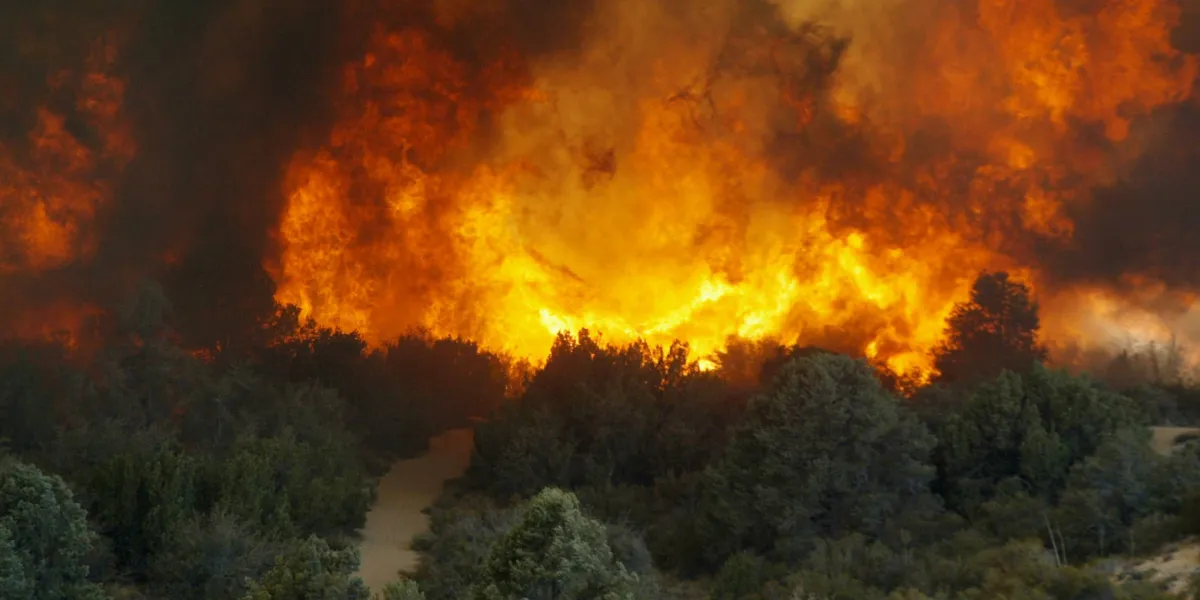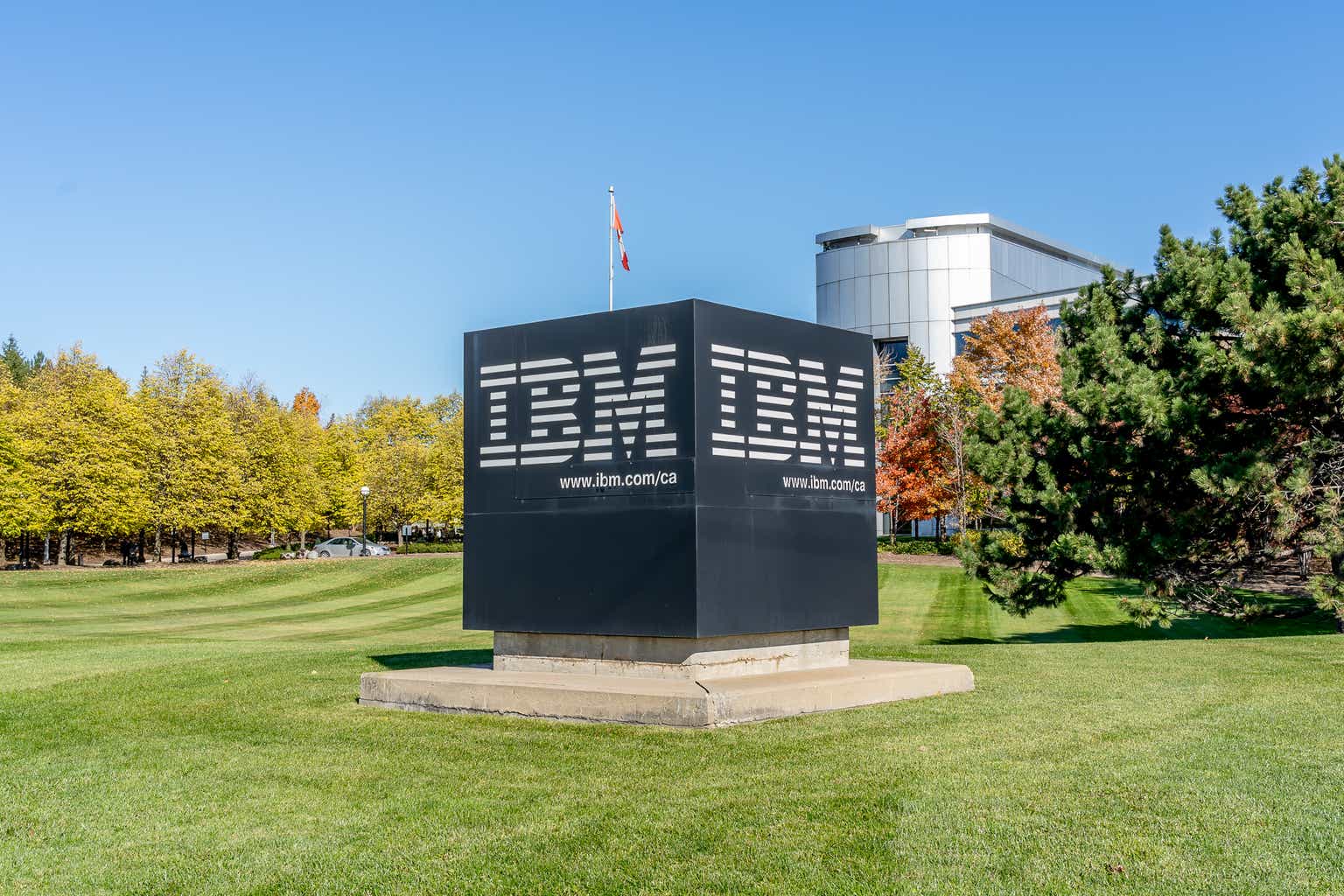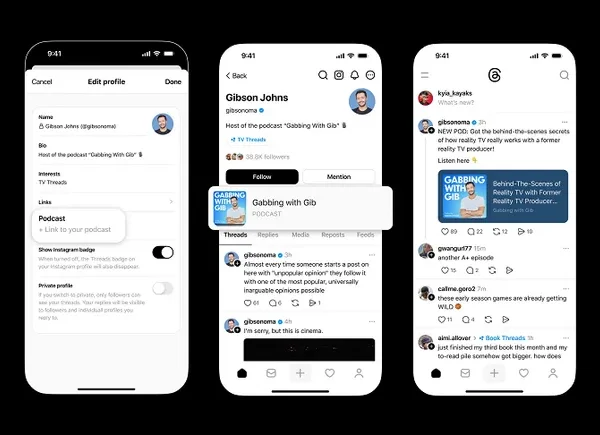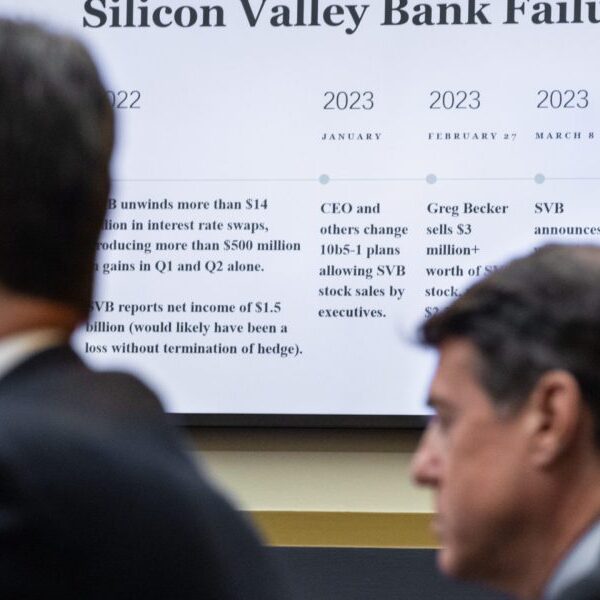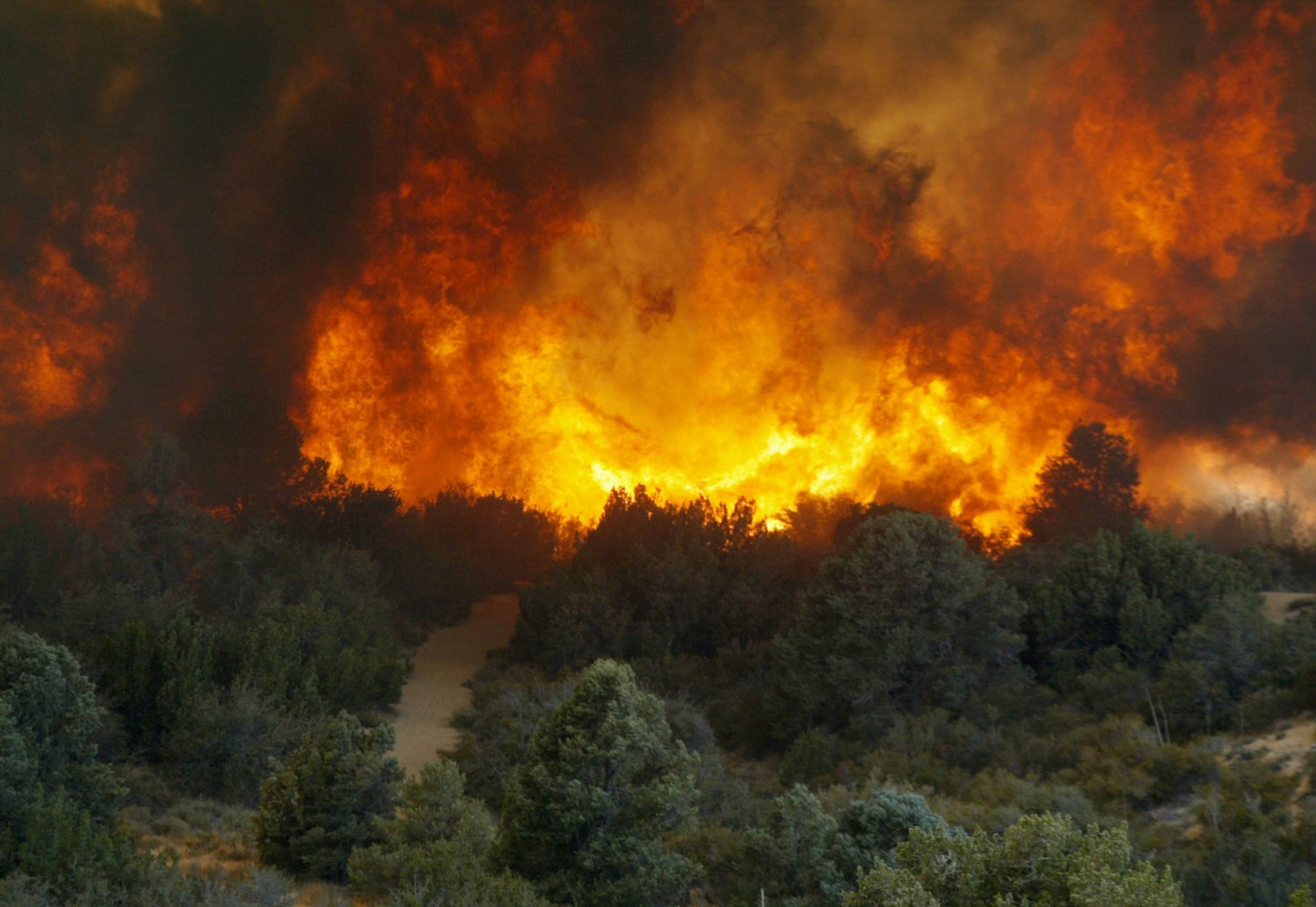
Welcome to Eye on AI, with AI reporter Sharon Goldman in for Jeremy Kahn, who is traveling. In this edition…a new open-source AI platform helps nonprofits and public agencies track a changing planet…Getty Images narrowly wins, but mostly loses in landmark UK lawsuit against Stability AI’s image generator…Anthropic is projecting $70 billion in revenue…China offers tech giants cheap power to boost domestic AI chips...Amazon employees push back on company’s AI expansion.
I’m excited to share an “AI for good” story in today’s Eye on AI: Imagine if conservation groups, scientists, and local governments could easily use AI to take on challenges like deforestation, crop failure, or wildfire risk, with no AI expertise at all.
Until now, that’s been out of reach—requiring enormous, inaccessible datasets, major budgets, and specialized AI know-how that most nonprofits and public agencies lack. Platforms like Google Earth AI, released earlier this year, and other proprietary systems have shown what’s possible when you combine satellite data with AI, but those are closed systems that require access to cloud infrastructure and developer know-how.
That’s now changing with OlmoEarth, a new open-source, no-code platform that runs powerful AI models trained on millions of Earth observations—from satellites, radar, and environmental sensors, including open data from NASA, NOAA, and the European Space Agency—to analyze and predict planetary changes in real time. It was developed by Ai2, the Allen Institute for AI, a Seattle-based nonprofit research lab founded in 2014 by the late Microsoft co-founder Paul Allen.
Early partners are already putting OlmoEarth to work: In Kenya, researchers are mapping crops to help farmers and officials strengthen food security. In the Amazon, conservationists are spotting deforestation in near real time. And in mangrove regions, early tests show 97% accuracy—cutting processing time in half and helping governments act faster to protect fragile coastlines.
I spoke with Patrick Beukema, who heads the Ai2 team that built OlmoEarth, a project that kicked off earlier this year. Beukema said the goal was to go beyond just releasing a powerful model. Many organizations struggle to connect raw satellite and sensor data into usable AI systems, so Ai2 built OlmoEarth as a full, end-to-end platform.
“Organizations find it extremely challenging to build the pipelines from all these satellites and sensors, just even basic things are very difficult to do–a model might need to connect to 40 different channels from three different satellites,” he explained. “We’re just trying to democratize access for these organizations who work on these really important problems and super important missions–we think that technology should basically be publicly available and easy to use.”
One concrete example Beukema gave me was around assessing wildfire risk. A key variable in wildfire risk assessment is how wet the forest is, since that determines how flammable it is. “Currently, what people do is go out into the forest and collect sticks or logs and weigh them pre-and-post dehydrating them, to get one single measurement of how wet it is at the location,” he said. “Park rangers do this work, but it’s extremely expensive and arduous to do.”
With OlmoEarth, AI can now estimate that forest moisture from space: The team trained the model using years of expert field data from forest and wildfire managers, pairing those ground measurements with satellite observations from dozens of channels—including radar, infrared, and optical imagery. Over time, the model learned to predict how wet or dry an area is just by analyzing that mix of signals.
Once trained, it can continuously map moisture levels across entire regions, updating as new satellite data arrives—and do it millions of times more cheaply than traditional methods. The result: near real-time wildfire-risk maps that can help planners and rangers act faster.
“Hopefully this helps the folks on the front lines doing this important work,” said Beukema. “That’s our goal.”
With that, here’s more AI news.
Sharon Goldman
[email protected]
@sharongoldman
If you want to learn more about how AI can help your company to succeed and hear from industry leaders on where this technology is heading, I hope you’ll consider joining Jeremy and I at Fortune Brainstorm AI San Francisco on Dec. 8–9. Among the speakers confirmed to appear so far are Google Cloud chief Thomas Kurian, Intuit CEO Sasan Goodarzi, Databricks CEO Ali Ghodsi, Glean CEO Arvind Jain, Amazon’s Panos Panay, and many more. Register now.
FORTUNE ON AI
Palantir quarterly revenue hits $1.2B, but shares slip after massive rally– by Jessica Mathews
Amazon says its AI shopping assistant Rufus is so effective it’s on pace to pull in an extra $10 billion in sales – by Dave Smith
Sam Altman sometimes wishes OpenAI were public so haters could short the stock—‘I would love to see them get burned on that’ – by Marco Quiroz-Guitierrez
AI empowers criminals to launch ‘customized attacks at scale’—but could also help firms fortify their defenses, say tech industry leaders – by Angelica Ang
AI IN THE NEWS
EYE ON AI RESEARCH
What if large AI models could read each other’s minds instead of chatting in text? That’s the idea behind a new paper from researchers at CMU, Meta AI, and MBZUAI called Thought Communication in Multiagent Collaboration. The team proposes a system called ThoughtComm, which lets AI agents share their latent “thoughts”—the hidden representations behind their reasoning—rather than just exchanging words or tokens. To do that, they use a sparsity-regularized autoencoder, a kind of neural network that compresses complex information into a smaller set of the most important features, helping reveal which “thoughts” truly matter. By learning which ideas agents share and which they keep private, this framework allows them to coordinate and reason together more efficiently—hinting at a future where AIs collaborate not by talking, but by “thinking” in sync.
AI CALENDAR
Nov. 10-13: Web Summit, Lisbon.
Nov. 19: Nvidia third quarter earnings
Nov. 26-27: World AI Congress, London.
Dec. 2-7: NeurIPS, San Diego
Dec. 8-9: Fortune Brainstorm AI San Francisco. Apply to attend here.
BRAIN FOOD
How AI companies may be quietly training on paywalled journalism
I wanted to highlight a new Atlantic investigation by staff writer Alex Reisner, which exposes how Common Crawl, a nonprofit that scrapes billions of web pages to build a free internet archive, may have become a back door for AI training on paywalled content. Reisner reports that despite Common Crawl’s public claim that it avoids content behind paywalls, its datasets include full articles from major news outlets—and those articles have ended up in the training data for thousands of AI models.
Common Crawl maintains that it is doing nothing wrong. When pressed on publishers’ requests to remove their content, Common Crawl’s director, Rich Skrenta, brushed off the complaints, saying: “You shouldn’t have put your content on the internet if you didn’t want it to be on the internet.” Skrenta, who told Reisner he views the archive as a kind of digital time capsule—“a crystal cube on the moon”—sees it as a record of civilization’s knowledge. But no matter what, it certainly highlights the ever-growing tension between AI’s hunger for data and the journalism industry’s fight over copyright.

